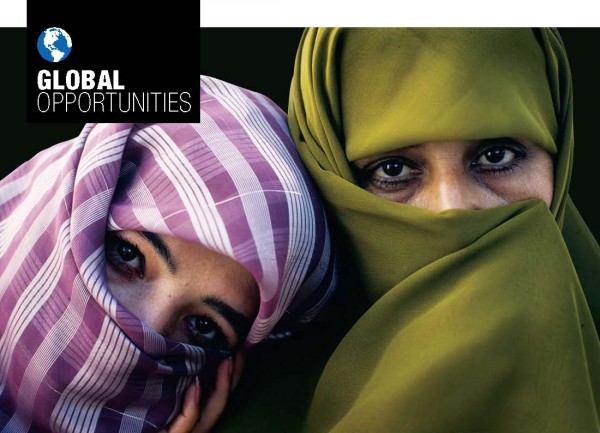Muslims believe God revealed the Qur’an, Islam’s holy book, directly to the prophet Mohammed in Arabic. Because Muslims believe the Qur’an is the manifestation of God, they consider Arabic the language of God. Many devout Muslims learn Arabic for this reason and believe that translations of the Qur’an are inadequate, Newman explains.

Arabic did not have a formal writing system until the Qur’an, at which point one quickly developed. Because of this connection, the written language has changed little, despite the evolution of spoken dialects through the years, Islam is the fastest growing religion in the United States says Mahmoud Al-Batal, associate professor of Arabic studies and the Arab population increased by 40 percent during and director of the university’s Arabic Flagship Program.
Many Arabs feel they do not know classical Arabic, the language of the Qur’an, as well as they should, because of the gap between that language and contemporary everyday speech.
While there are more than 300 million people living in Arabic-speaking countries, there are nearly 1.5 billion Muslims who use Arabic for prayers and religious rituals. Throughout the world, scholars, linguists and religious leaders debate whether or not to modernize classical Arabic and how that would affect people’s grasp of the Qur’an.
Arabs in America
The need for deeper understanding of Arab culture in terms of foreign relations and global communication is quite clear. As record numbers of Arabs settle in the United States, it also is increasingly important on the domestic front.
Islam is the fastest growing religion in the United States and the Arab population increased by 40 percent during the 1990s, according to the 2000 U.S. Census.
Arabs arrived in the United States during the late 19th century, with a second wave following World War II that continues today, according to the American-Arab Anti-Discrimination Committee. The largest Arab American populations have roots in Lebanon, Syria and Egypt.
Arab culture and civilization have long affected American life. Arabs were instrumental in early mathematics, science and linguistics, inventing or developing systems commonly used today. Modern influential Arab Americans include political activist Ralph Nader, author Kahlil Gibran, Indy 500 champion Bobby Rahal, menswear designer Joseph Abboud and longtime White House correspondent Helen Thomas.
Understanding the Arab world requires an updated explora¬tion of American culture, as the two regions continue to develop a closer relationship. Despite vast geographical, linguistic and sometimes cultural separation, many who have traversed the divide insist there are as many commonalities as differences.
Brustad has spent many years traveling between the United States and the Arab region, and each journey reveals new truths about both cultures, she says.
After graduating from college, Brustad lived in Egypt. She felt a deep sense of pride and affection for her home away from home. Working for the Center for Arabic Studies Abroad and later the American University in Cairo, her time in Egypt cultivated a lifelong fascination and love for the region and the language.
“Diving in and learning a different language or culture is an incredibly rewarding and exciting adventure,” says Brustad, who is now among the leading Arabic scholars in the country. “When one discovers and embraces differences while enjoying shared experiences, the two worlds somehow seem a bit less far apart.”
